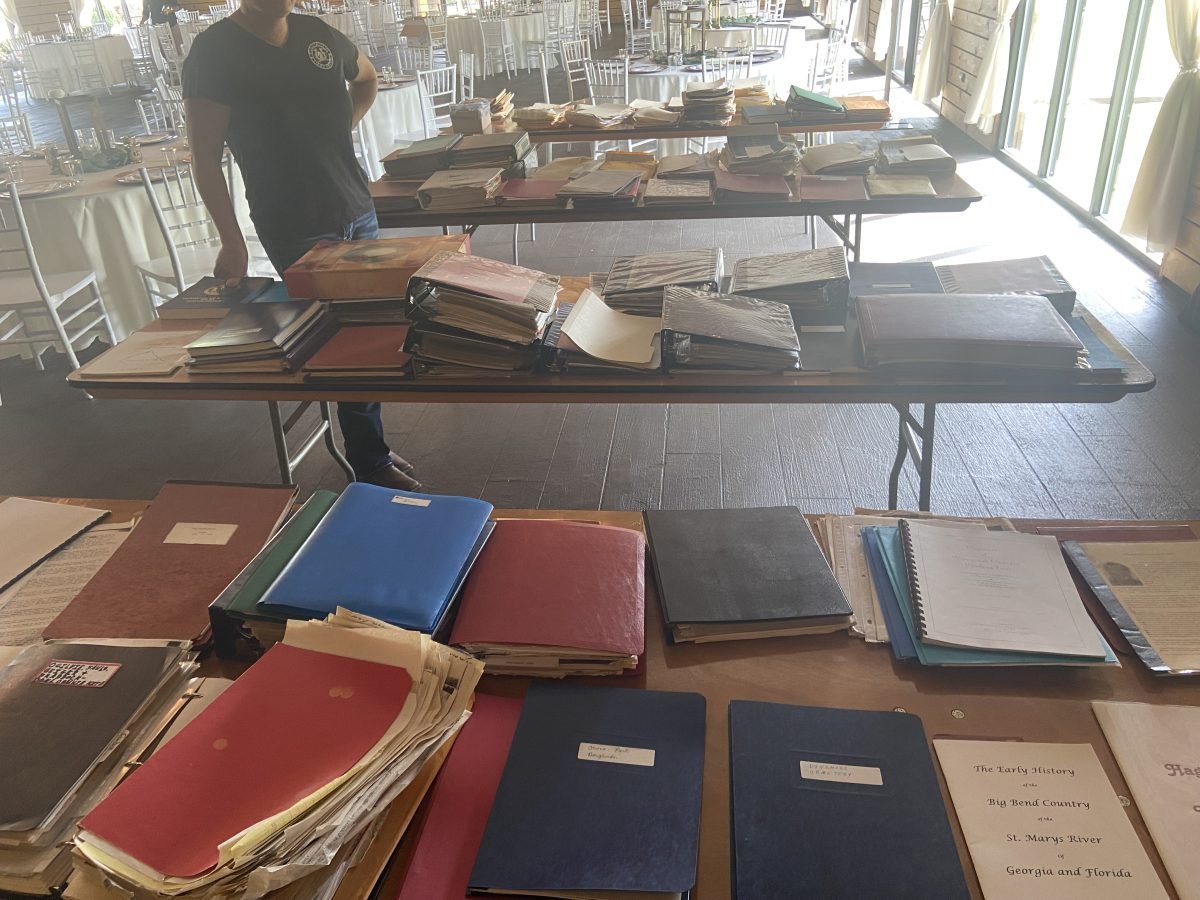Sorting and Categorizing Your Genealogy Materials for Maximum Clarity
After assessing your genealogy materials and creating a solid plan for organization, the next step is to sort and categorize the documents and records. This process will transform your collection from a disorganized heap into a structured and accessible family history resource. In this article, we’ll outline the essential steps for effectively sorting and categorizing your genealogy materials, making it easier for you to navigate and interpret your family’s past.
Prepare your workspace and materials:
Before you begin sorting and categorizing, ensure that you have a clean, well-lit, and comfortable workspace. Gather the necessary supplies, such as folders, subfolders, labels, sticky notes, and archival-quality pens or pencils. If you’re using a color-coding system, make sure you have the appropriate colored labels or tabs.
Review your organizational plan:
Refer to the organizational plan you created in the previous step. Familiarize yourself with the categories, subcategories, and labeling system you’ve established. Keep your reference guide handy for consultation during the sorting process.
Start with one folder or binder at a time:
To avoid becoming overwhelmed, focus on sorting and categorizing the contents of one folder or binder at a time. Begin by removing all the loose papers and records from the folder or binder and laying them out on your workspace.
Sort documents by category:
Using the categories and subcategories from your organizational plan, start sorting the loose papers and records into distinct groups. Be consistent with your sorting criteria, ensuring that each document or record is placed in the appropriate category.
Create subfolders for categories and subcategories:
For each category or subcategory, create a subfolder within the main surname folder. Clearly label the subfolder according to your established labeling system. If you’re using a color-coding system, apply the appropriate colored label or tab.
Place documents into subfolders:
Once you’ve sorted the materials into categories and created corresponding subfolders, place the documents and records into their respective subfolders. Make sure each item is placed in the correct folder to maintain the integrity of your organizational system.
Label individual documents as needed:
If necessary, label individual documents or records with pertinent information, such as names, dates, or relationships. Use archival-quality pens or pencils to avoid damaging the materials.
Secure and store sorted materials:
After sorting and categorizing the contents of a folder or binder, securely store the subfolders and materials. Repeat the process for each remaining folder or binder in your collection.
Review and adjust:
As you work through the sorting and categorizing process, be prepared to review and adjust your organizational plan if needed. You may encounter unexpected materials or discover new connections that require updates to your categories, subcategories, or labeling system.
Sorting and categorizing your genealogy materials is a critical step in transforming your collection into a valuable family history resource. By following your organizational plan and diligently sorting each document and record, you’ll create a clear, accessible, and meaningful archive that will enrich your understanding of your family’s past and serve as a treasure for future generations.

